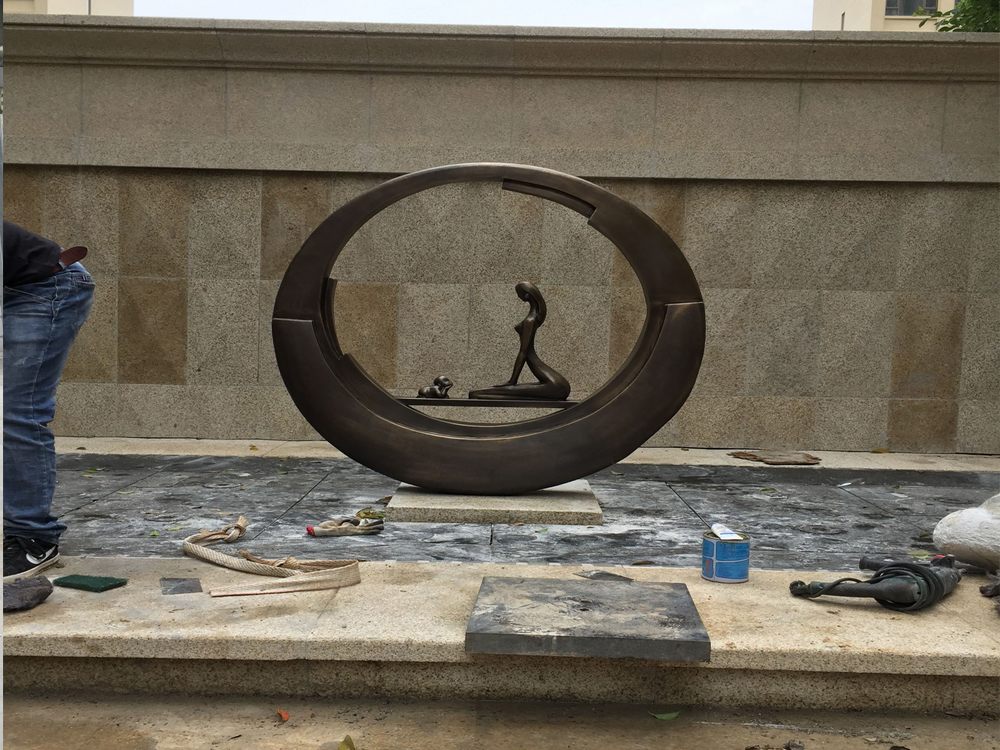
Creating the illusion of weight and mass in delicate stone carvings is a masterful blend of artistry and technical skill. Artists achieve this effect through several key techniques. First, they carefully manipulate the stone's density and texture, using softer areas to suggest lightness and harder, denser sections to imply heaviness. The strategic use of shadows and undercuts enhances the perception of depth, making the sculpture appear more substantial than it actually is.
Another critical method involves the play of light and dark. By carving deeper grooves and leaving raised surfaces, artists create contrasts that trick the eye into seeing weight. The positioning of the sculpture also plays a role; tilting or balancing a piece at an angle can make it seem as though it’s bearing a load.
Additionally, the choice of stone matters. Softer stones like marble allow for finer details, while harder stones like granite can convey a sense of solidity. Artists often combine these materials to amplify the effect.
Ultimately, the illusion of weight and mass in delicate carvings is a testament to the artist’s understanding of form, light, and material. These techniques transform fragile stone into seemingly heavy, dynamic works of art.

